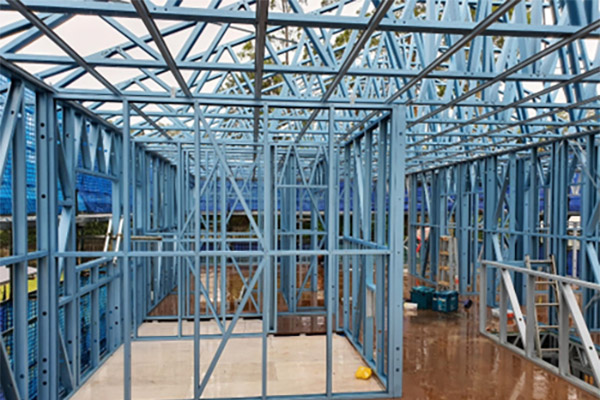

The construction industry is continuously evolving, with innovations aimed at improving efficiency, sustainability, and quality. One such innovation that has garnered significant attention is Light Gauge Steel (LGS) framing. At NeoBuild Steel, we’ve recognized its potential early on, and here’s why we believe it’s the future of construction.
1. Durability and Longevity Steel, by its nature, is resistant to many of the issues that plague traditional building materials. It doesn’t rot, warp, or succumb to pests such as termites. When protected against corrosion, LGS can stand the test of time, offering unparalleled longevity.
2. Environmental Impact LGS framing is a green alternative in construction. Steel is 100% recyclable, meaning old steel products can be repurposed into new ones without degradation. This reduces the strain on natural resources and minimizes waste.
3. Precision and Quality With our state-of-the-art roll-formers and cutting-edge design software, the precision achieved in LGS framing is exceptional. This precision translates to better fitting components, fewer on-site adjustments, and a higher overall quality of construction.
4. Speed of Construction Prefabricated LGS components can be quickly assembled on site. This not only reduces the total construction time but also minimizes disruptions in areas where rapid development is crucial.
5. Cost-Effective While the initial costs of LGS might be comparable to traditional materials, the savings in terms of reduced labor, quicker construction times, and lower maintenance costs make it a cost-effective solution in the long run.
In conclusion, Light Gauge Steel framing isn’t just a trend; it’s a testament to where the construction industry is headed. With its myriad benefits, it’s no surprise that more builders and architects are leaning towards this innovative construction method. At NeoBuild Steel, we’re proud to be at the forefront of this shift, championing a more efficient, sustainable, and resilient future for construction.
